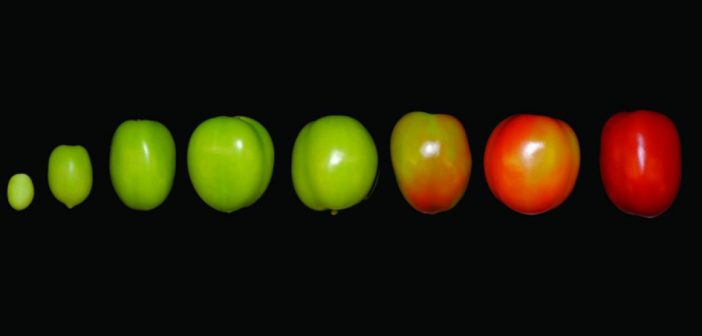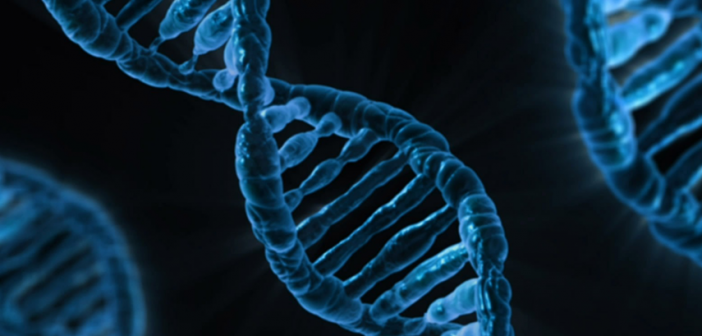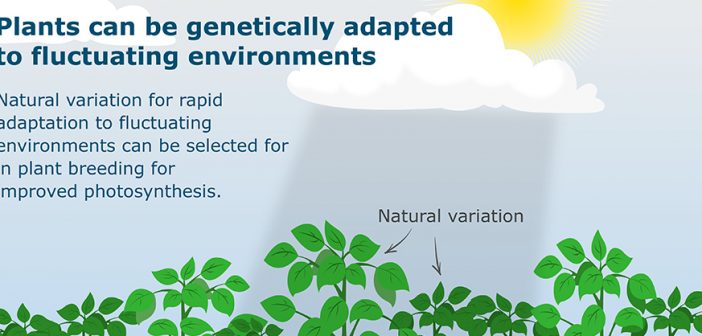Researchers have published a ‘spatiotemporal map’ of gene expression for all tissues and all the developmental stages of tomato fruit which highlights how a fruit changes from inside to out as it ripens.
How a fruit ripens has long been an important question for breeders, and with the global tomato market worth around $55 billion a year, tomato is an important subject for understanding the genetic basis of commercially important traits, such as size, colour, flavour, and nutritional content.
“We needed unbiased sampling that was as representative as possible. For that purpose, we harvested in total more than 400 samples from more than 60 randomly selected individual tomato plants,” explained postdoctoral scientist Philippe Nicolas who was involved in the multi-partner project.
The researchers carefully dissected the tomato tissues by hand and with lasers to isolate and sequence RNA from individual tissues and even cells. The sequence data was then compiled, parsed, and organized into the Tomato Expression Atlas (TEA), where it can be analyzed to investigate the various biological processes important for fruit development.
“The TEA database offers an unprecedented level of interactivity and novel ways to visualize complex, multidimensional expression data,” added scientist Lukas Mueller, referring to the TEA’s graphic interface that allows users to visualize gene expression through heat maps and fruit pictographs.

Photo Caption: Tomato fruit at the different developmental stages used for this study.
Photo Credit: The Tomato Expression Atlas
The post New ‘Tomato Expression Atlas’ dives deep into the fruit’s flesh appeared first on Hort News.

